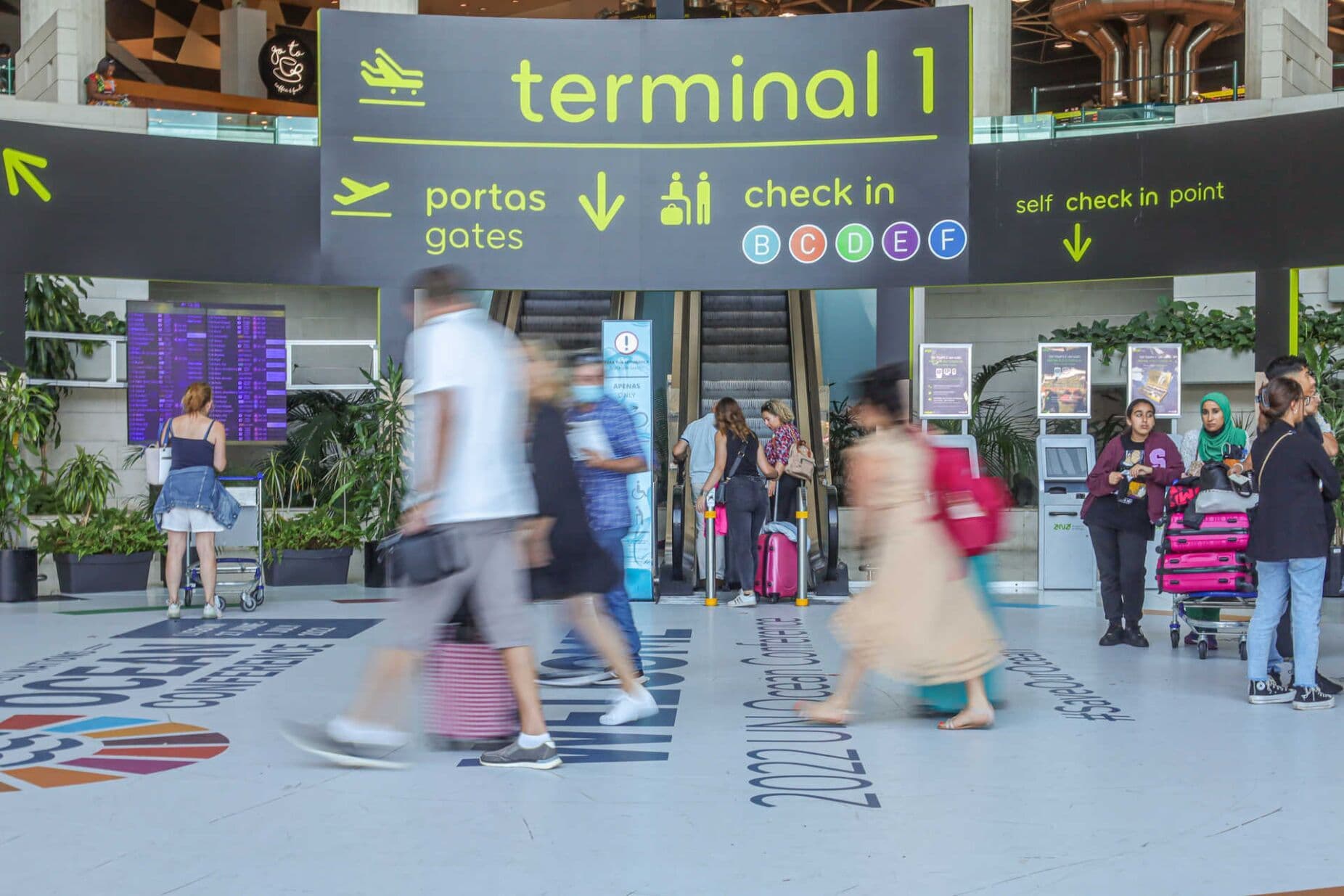Decoding Qantas's Loyalty Reset: Your Guide to Smarter Point Plays
Unpack Qantas's loyalty program reset. Discover expert strategies to maximize your points, find elusive reward seats, and master the evolving frequent flyer landscape.
Understanding the Loyalty Refit: What Really Changed?
, often seen as the cornerstone of Australian loyalty programs, recently enacted significant changes to its Frequent Flyer scheme, effectively lowering the value of points for many. Announced in January and rolled out on August 5, 2025, this marks the first increase in points required for Classic Reward flights since 2019, and only the second since 2004. This isn't just a minor tweak; it's a strategic recalibration. For instance, a Classic Rewards economy seat on the popular route jumped from 8,000 to 9,200 points (plus fees), while a business class seat on the same route saw an increase from 18,400 to 19,300 points, accompanied by a rise in fees from $55 to $76. Even long-haul, one-way economy flights like saw a significant bump from 55,200 to 63,500 points. While also adjusted points earned on some flights, the consensus among frequent flyers is clear: the redemption side of the equation has taken a hit, making it harder to unlock those coveted free flights.

The Seat Availability Equation: A Promise Under Pressure
In an effort to soften the blow of the point devaluation, simultaneously announced the release of 400,000 new Classic Reward seats across its international and domestic networks, with a significant portion allocated to dedicated 'points planes.' This move directly addresses a long-standing pain point for frequent flyers: finding available reward seats, especially in premium cabins. However, the real test, as industry experts like point out, will be whether can consistently deliver on this promise, particularly for business and first-class redemptions. While the airline deserves credit for providing advance notice of the changes, the sting of increased point requirements remains. For those determined to maximize their points, the advice is consistent with pre-devaluation strategies: plan trips as far in advance as possible, or conversely, be flexible enough to snag last-minute availability as seats can often open up closer to departure. Constant vigilance and adaptability are key.

Mastering the New Game: Savvy Strategies for Smart Earners & Burners
Navigating updated loyalty landscape requires a more strategic approach to both earning and burning points. While Classic Reward seats are now more expensive, they remain statically priced per route, unlike the newer Classic Plus scheme, which dynamically links point cost to the prevailing cash fare. To counter the devaluation on the redemption side, boosting your point accumulation is crucial. Smart earners are leveraging avenues like , which offers boosted earn rates (e.g., five points per dollar spent) across thousands of online retailers, regardless of payment method. Everyday grocery shopping can also be a goldmine; points from , , and convert to points at a 2:1 ratio, with promotions and gift card deals offering significant multipliers. Don't overlook own ecosystem: signing up for can net substantial bonus points (currently 130,000 points for new customers), and even the free rewards you for daily activities like walking and sleeping well, offering up to 1,000 points in the first month for active users.
Beyond the Horizon: The Evolution of Frequent Flyer Programs
recent loyalty program overhaul isn't an isolated incident but rather a reflection of a broader trend within the airline industry. We've seen similar point devaluations from and various international carriers in recent times. This collective shift suggests a recalibration of value, where airlines are adjusting the cost of their reward seats to align with market dynamics and their own operational costs. While it undeniably makes it more challenging for the average frequent flyer to secure those aspirational redemptions, especially in premium cabins, it also prompts a necessary evolution in how consumers engage with these programs. The days of passively accumulating points might be fading; instead, a more proactive, informed, and flexible approach is becoming essential. Understanding the nuances of Classic versus Classic Plus, being vigilant for bonus earning opportunities, and embracing flexibility in travel plans will be paramount for those who wish to continue extracting significant value from their points in this evolving loyalty landscape.
Related Articles

Cathay Pacific's Strategic Ascendancy: Powering Up for a New Era of Global Aviation

Cathay Pacific's Strategic Ascendancy: Powering Up for a New Era of Global Aviation

Flight Path Cleared: Unpacking the Menzies Truce and Your Enduring Passenger Protections

Flight Path Cleared: Unpacking the Menzies Truce and Your Enduring Passenger Protections

Beyond the Goal Rush: Unlocking FPL's Evolved Blueprint for the New Season

Beyond the Goal Rush: Unlocking FPL's Evolved Blueprint for the New Season

Beyond the Forecast: ANA's Strategic Safeguard for Hachijojima Journeys
